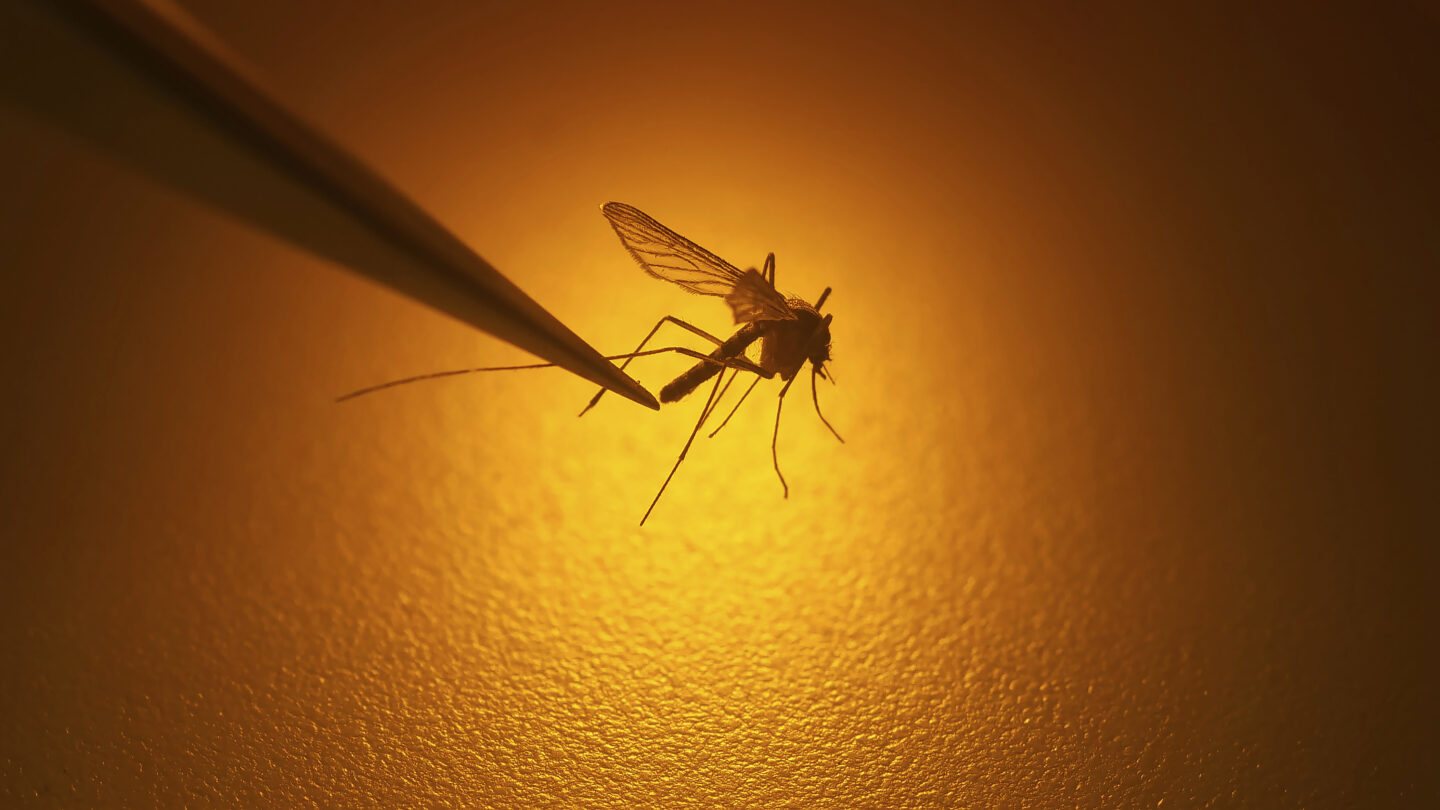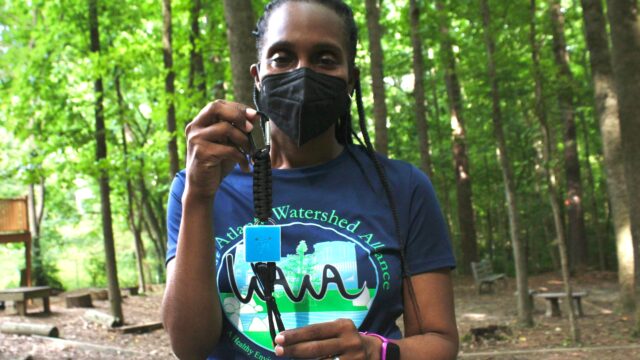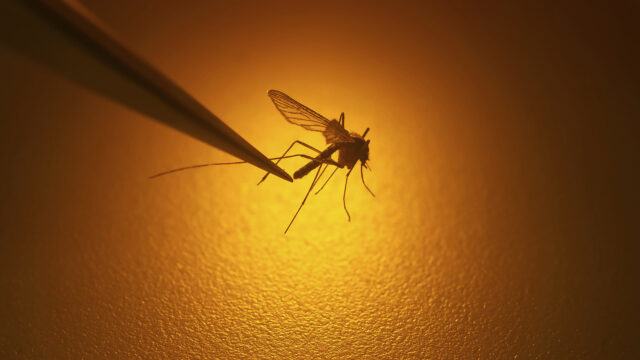As the climate changes, the insect world is changing with it. And for people, that means dealing with the diseases they can transmit.
While Georgia has more than 1,200 different insects, scientists are mostly concerned with various kinds of ticks and mosquitos as vectors of diseases. Climate change makes them better transmitters because there’ll be more chances of picking up diseases.
“The pathogens that these can carry replicate at a higher rate at higher temperatures,” said Dr. Ben Beard, deputy director of the CDC division of Vector-Borne Diseases. He’s also the co-chair of the CDC agency task force on climate and health.
When it comes to ticks, the CDC is mostly concerned with Lyme disease.
Mosquitos can carry various diseases, but in Metro Atlanta, West Nile Virus is the one health officials are most worried about.
To protect the public, some metro counties set up mosquito traps and actively test for West Nile Virus. Fulton County has already discovered a handful of West Nile positive traps this year, which means crews are out spraying insecticide.
“They spray at night for the adult mosquitos and they typically spray about half a mile outside the area from where the trap was found,” said Galen Baxter, the environmental health director with the Fulton County Board of Health.
Mosquito population growth depends a lot on how wet the weather is, as they need standing water for their larvae. That’s why health officials encourage people to empty out water traps around their homes. But rising temperatures can also play a role in the rate of a mosquito’s growth.
“Temperature determines how long it takes for mosquitos to come through their life cycles, and at warmer temperatures they come through their lifecycle faster,” said Dr. Beard.
Tick population increase with rising temperatures and CDC data show that the type of ticks that can carry Lyme disease used to be found mostly along Georgia’s coast but have moved inland over the past two decades.
The Georgia Department of Public Health is actively monitoring tick populations, but it’s not testing them for diseases. That’s mostly due to budget constraints, but knowing how many ticks are in one area is helpful, said Dr. Rosemary Kelly, an epidemiologist with the Georgia Department of Public Health.
“What we’re looking for is actually the vectors, to see if there are potential problems in areas, because of the ticks that carry certain diseases are there,” Dr. Kelly said.
And when their surveillance finds a lot of ticks in one area that can carry Lyme disease, they alert the public of the potential for the disease with signage and other messages.
Right now, officials say, there are not a lot of people in Georgia getting sick from vector-borne diseases. But as the climate continues to warm, they’ll keep monitoring for changes.
This story is part of WABE’s The Heat Effect series.




















